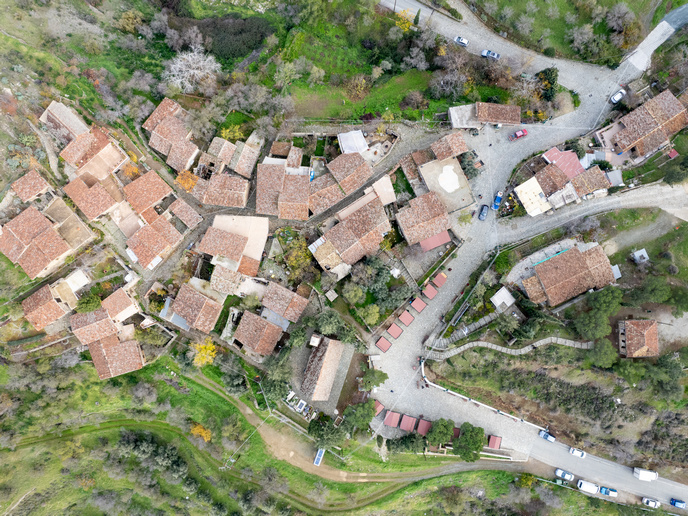Ceramics tell tale of early European sugar production
In medieval times, most of the sugar consumed in Europe was produced in the western Mediterranean, having been progressively introduced during the period of Islamic expansion. “Sugar had a huge impact on Europe’s social, cultural and economic development,” notes SPotEU Marie Skłodowska-Curie fellow Roberta Mentesana from the University of Barcelona(opens in new window) in Spain. “Production required industrial organisation, from cultivation through to processing. It also introduced sweet flavours into traditional cuisine, and became a luxurious but widely affordable good.” Research into sugar production has tended to focus on merchants, landowners and royalty. Mentesana was interested however in shedding light on the role of craftspeople, and in particular potters, who supplied the vessels used for making this commodity. “Specialised sugar pots are often the only archaeological evidence of sugar production,” she adds. “Little is known however about whether such ceramic production occurred near sugar production sites, or if vessels were imported from elsewhere.”
Revealing trade networks
The SPotEU project, which was carried out with the support of the Marie Skłodowska-Curie Actions(opens in new window) programme, set out to answer this question. “I wanted to identify sugar pot production sites and reconstruct the exchange networks,” says Mentesana. “I also wanted to understand the techniques used and identify any changes in pot manufacturing over time and across regions.” To achieve this, sugar pots from 17 different sites located in Sicily and across Spain, dating from between the 11th and 16th centuries, were studied. Samples from these sites were taken for further analysis. Mentesana was interested in extracting chemical, mineralogical and microstructural data(opens in new window), to better understand the provenance and technology behind the vessels. “In the case of Sicily, we were able to show that sugar pots were mostly produced near or within sugar production premises,” she says. “Nevertheless, our study also revealed that sugar pots from Palermo reached other regions – a fact that is missing from written sources.” Evidence from Spain revealed a more complex story. “We showed that sugar pots were produced near sugar production areas, as in the case with Motril and Gandia-Oliva,” remarks Mentesana. “However, vessels were also made further away in specialised ceramic workshops. Sugar pots from Paterna for example reached Gandia and Barcelona.” In addition, consumption centres such as Barcelona and Granada also produced smaller cones for sugar refining. This reveals a much more complex picture of the sugar cycle in the Iberian Peninsula than previously thought.
Identifying local characteristics
SPotEU successfully shed new light on aspects of medieval sugar production that had not been previously considered. “The project enabled us to integrate our knowledge from historical documents with archaeological sources,” explains Mentesana. The project showed for example that while sugar pots were designed and manufactured with common features across time and geography, some characteristics were specific to each area. In other words, potters applied a common idea when manufacturing sugar pots, but added local flourishes. Moving forward, Mentesana would like to expand the number of sample sites, in order to deepen her understanding of how ceramics and sugar circulated. Other potential fields of study could be the impact of sugar production on resources, and on the health and lifestyles of people. “This project showed how merchants and craftspeople transformed an external input into one of the more influential activities in the western Mediterranean,” she says. “This underlines how human mobility and local inputs created the basis for knowledge transfer and technological advancement in medieval Europe.”







